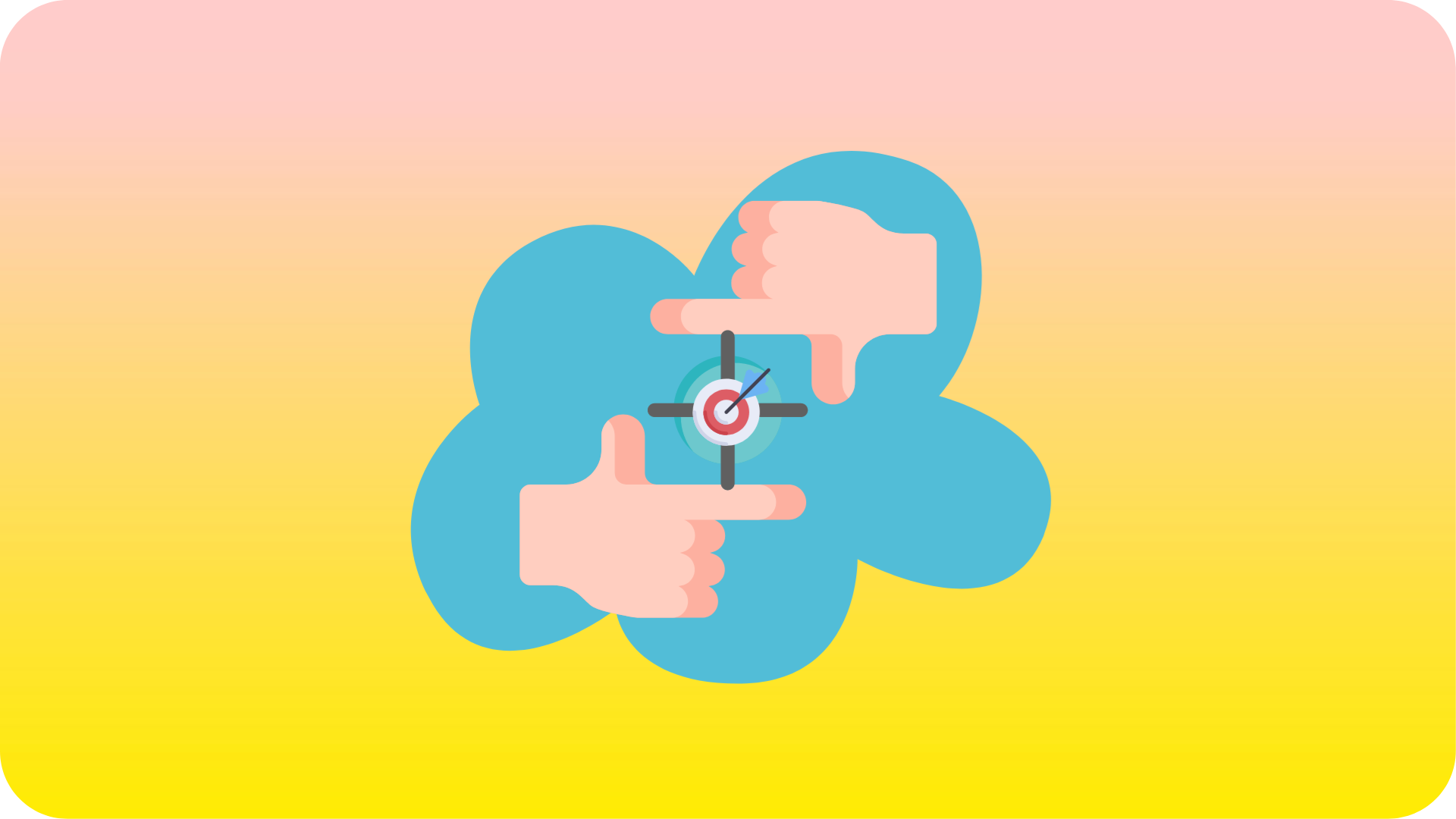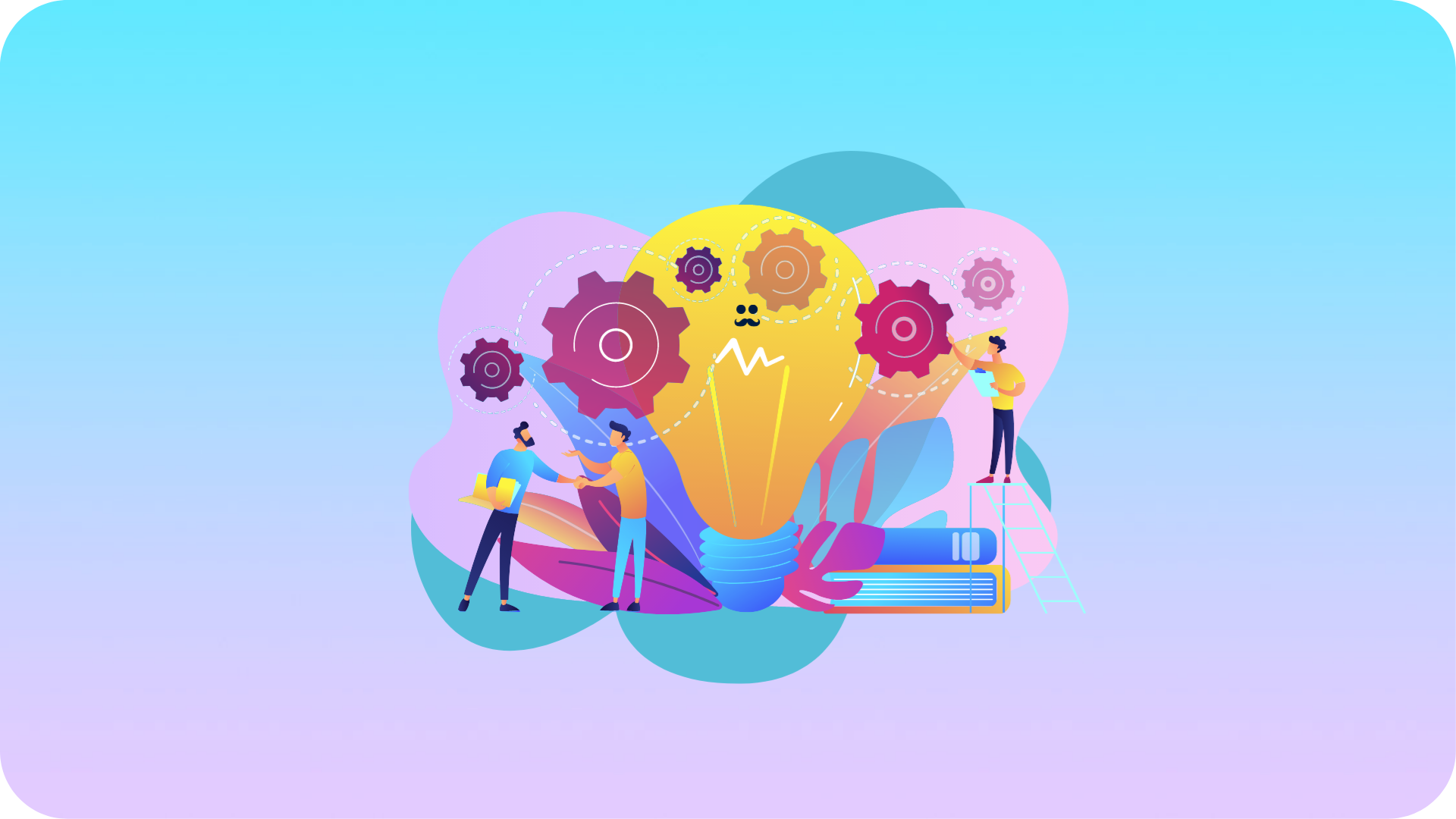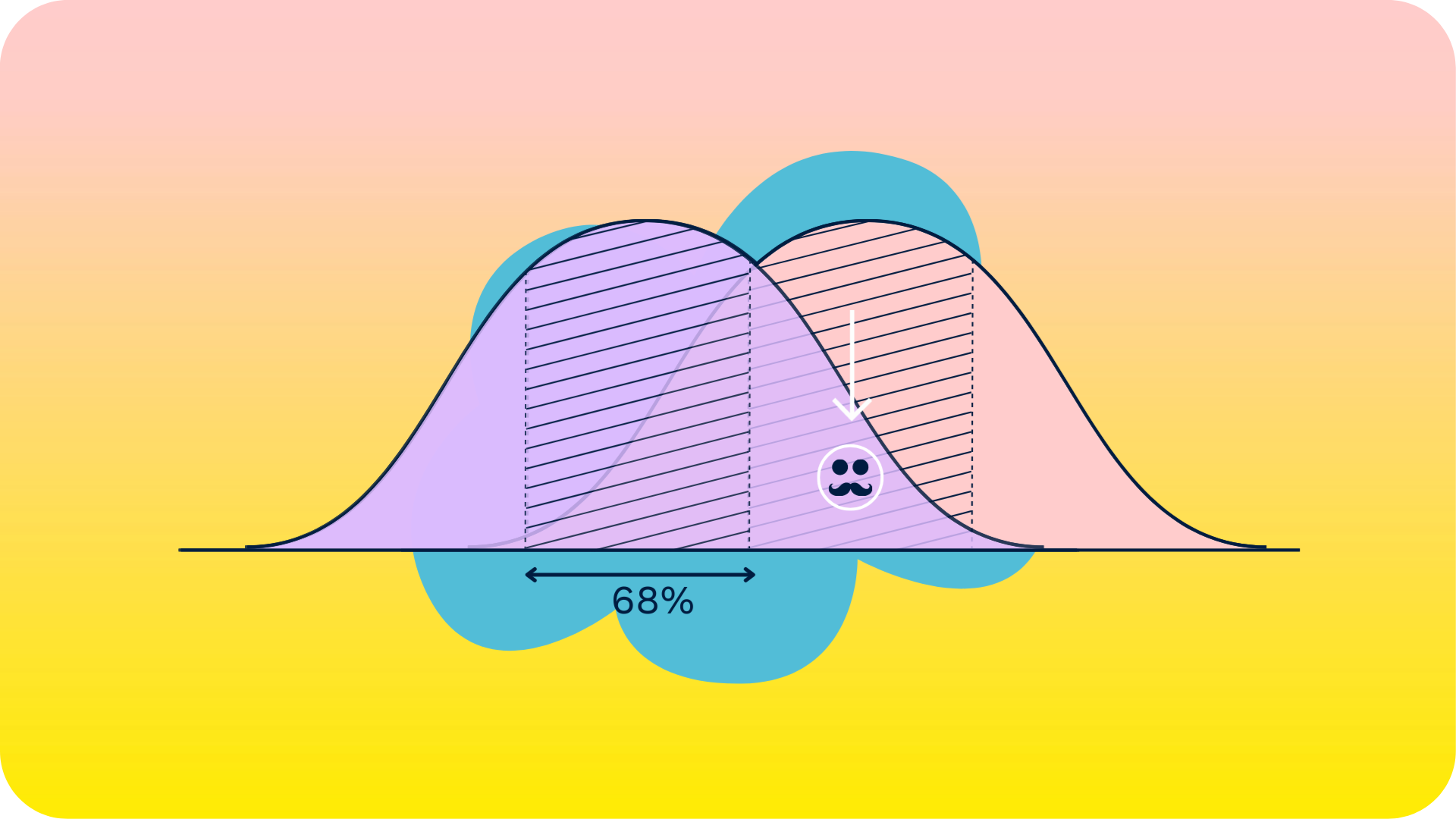Agile is good. Agility is better
How to achieve agility apart from using agile methodologies?
Agile is not a silver bullet
Don’t get me wrong. I am a big advocate for agile methodologies. From the start I was involved in initiatives within ING that led to the successful agile transformation based on the Spotify model. This ‘agile way of working’, with multidisciplinary teams, called squads, and where the old functional departments have disappeared and merged into Tribes, combines a high degree of autonomy within teams with clear common goals and direction.
But I have seen (and tackled) enough examples in which agile does not lead to agility. And even though I am happy to help others with the use of the various agile methodologies:
An agile methodology is and remains a response to a need and not a goal in itself.
Agility is a key to future success
Nobody can predict the future. It is therefore not surprising that in a lot of studies about success factors of business transformation, the ability to respond quickly and easily; usually defined as agility; is mentioned as the single most important capability for successful transformation.
The concept of agility is not new, but due to the disruptive effect of exponential technologies, agility has really become a necessity for survival.
Okay, so what is agility?
There is of course no clear answer to this, but I prefer to use the model from the Global Center for Digital Business Transformation. In this model; agility is best thought of as a kind of meta-capability that rest upon three underlying capabilities:
1. Hyperawareness: The capability to detect and monitor changes in the environment (customers, employees, partners, market, etc.), particularly to changes that spotlight opportunities or threats.
2. Informed decision-making: The capability to make the best decision in a given situation. Collaborating and empowering people to make quick, evidence-based decisions.
3. Fast Execution: Putting decisions into practice rapidly, mobilizing resources dynamically, and continuously monitoring options and progress against goals.
If you take a some time to think about the above capabilities, you will quickly understand that there are many more options and answers to achieving agility in your organization. Agile is important here, but it is by no means sufficient if you really take agility seriously.
How to asses agility?
A good start to determine the level of agility in your organization, department or yourself, is answering assessment questions about hyperawareness, informed decision-making and fast execution.
These questions usually start with: What is our / my ability to… An example could be: what is my ability to share information across the organization to support decision making? There are of course many examples of questions to assess your agility. If you are really interested, I would be happy to share more examples if desired.
The point I want to make here is that it is important to regularly ask yourself whether there is sufficient agility in yourself, your department and your organization. The challenge after assessment is to find solutions that improve agility at areas where there is demonstrably a deficiency.
How to use (design) questions to achieve more agility?
The design question “How might we…?” helps to give direction to the solution space that you are aiming for. Furthermore, the design question is a starting point for brainstorming ideas.
- “How” helps us to think in possibilities; it suggests that we don’t have the answer yet.
- “Might” opens up to various solutions, instead of ‘the one and only solution’.
- “We” emphasizes the power of collaboration, of bringing various stakeholders to the table to better understand what problems we need to find solutions to
The Design Question, or “How might we…?” question provides a new lens to possible solutions. Various questions provide various directions. This not only helps to create ideas that answer that question, but in itself provides a strategy, a direction, to your future change.
Below three examples of Design Questions that can help brainstorm within your organization about possibilities to increase agility:
- “How might we be highly alert to the internal and external environment, particularly to changes that spotlight opportunities or threats?
- “How might we collaborate and empower people to make quick, evidence- based decisions
- “How might we put decisions into practice rapidly, mobilize resources dynamically, and continuously monitor options and progress against goals?
The possible answers and solutions are countless, but some approaches to innovation, such as design thinking and lean startup are really in the sweet spot of hyperawareness, informed decision-making and fast execution.
Why design thinking & lean startup almost always improves agility
Agile alone is no guarantee that you will consistently deliver truly engaging, impactful solutions. Agile can be a highly effective way of solving problems, but it doesn’t guarantee that you’re solving the right problems. Asking end users what they want, mostly results in incremental improvements, not breakthrough solutions.
Where agile is an approach to problem solving, design thinking is an approach to problem finding. It calls for a high degree of empathy and understanding of, and an iterative process of developing new ideas, challenging assumptions, and redefining problems, with the goal of identifying alternative solutions that might not necessarily be apparent.
Lean startup is a methodology for developing businesses and products, which aims to shorten product development cycles and rapidly discover if a proposed business model is viable; this is achieved by adopting a combination of business-hypothesis-driven experimentation, iterative product releases, and validated learning.” It is a principled approach to new product development.
Agile naturally comes after design thinking and lean startup and is a way of working, based on an iterative development, incremental delivery and ongoing reassessment of an existing product, service and/or process.
Design thinking, lean startup and agile; a good combination
- Empathize, Define and Ideate through Design Thinking
- Turn ideas into business models following the lean startup
- Build and deliver the product incrementally and faster through agile processes.
Other iterative solutions to increase agility
There are an incredible number of approaches, apps, applications, methods and techniques that can boost hyperawareness, informed decision-making and/or fast execution in your organization. Ultimately it depends on the specific context what is desirable and will work. This too is ideally an iterative process, in which taking small innovative steps is essential. After all, it is much cheaper to fail quickly, which prevents large unnecessary investments. Only when it turns out that a solution works within the organization is it sensible to scale it to increase your agility
Written by Jörgen van der Sloot
Founder & Head of Futures at Minkowski







